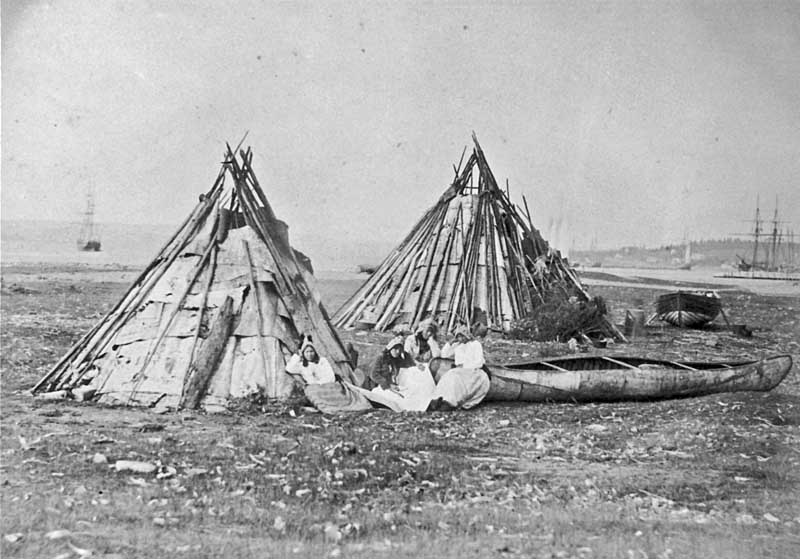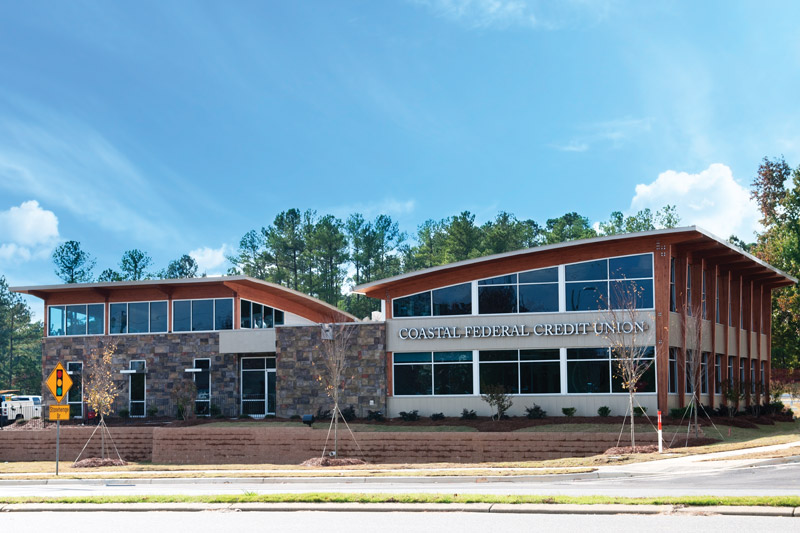|
Reserve Mines, Nova Scotia
Reserve Mines (2009 pop.: 2,402) is a community in Nova Scotia's Cape Breton Regional Municipality. It is located immediately west of Glace Bay and 10 kilometres northeast of Sydney. The J.A. Douglas McCurdy Sydney Airport is located in the western part of the community. The Antigonish Movement aided Reserve Mines in the mid-1930s when Father Jimmy Tompkins, Moses Coady and Mary E. Arnold helped the small town with education, housing and the first credit union A credit union, a type of financial institution similar to a commercial bank, is a member-owned nonprofit financial cooperative. Credit unions generally provide services to members similar to retail banks, including deposit accounts, provisi .... Reserve Mines is known for coal mining from 1860 to mid-1950 and the mines were called Dominion 5 and Dominion 10 Colliery. Later they were used for an airshaft and escape passage from Number 26 Colliery in Glace Bay. Reserve Mines is also known as the home of harness ... [...More Info...] [...Related Items...] OR: [Wikipedia] [Google] [Baidu] |
Nova Scotia
Nova Scotia ( ; ; ) is one of the thirteen provinces and territories of Canada. It is one of the three Maritime provinces and one of the four Atlantic provinces. Nova Scotia is Latin for "New Scotland". Most of the population are native English-speakers, and the province's population is 969,383 according to the 2021 Census. It is the most populous of Canada's Atlantic provinces. It is the country's second-most densely populated province and second-smallest province by area, both after Prince Edward Island. Its area of includes Cape Breton Island and 3,800 other coastal islands. The Nova Scotia peninsula is connected to the rest of North America by the Isthmus of Chignecto, on which the province's land border with New Brunswick is located. The province borders the Bay of Fundy and Gulf of Maine to the west and the Atlantic Ocean to the south and east, and is separated from Prince Edward Island and the island of Newfoundland by the Northumberland and Cabot straits, ... [...More Info...] [...Related Items...] OR: [Wikipedia] [Google] [Baidu] |
Cape Breton Regional Municipality
Cape Breton Regional Municipality (often referred to as simply "CBRM") is the Canadian province of Nova Scotia's second largest municipality and the economic heart of Cape Breton Island. As of 2016 the municipality has a population of 94,285. The municipality was created in 1995 through the amalgamation of eight municipalities located in Cape Breton County. The region is home to a significant concentration of government services, social enterprise and private sector companies, including the Canadian Coast Guard College, Cape Breton University, NSCC Marconi campus, and New Dawn Enterprises. The rural areas of the municipality continue to host resource industries such as agriculture, fishing, mining, and forestry. CBRM is host to many cultural landmarks and institutions such as the historic Savoy Theatre, the Celtic Colours International Festival, the Cape Breton Centre for Craft, the Highland Arts Theatre, and Holy Angels Arts & Cultural centre, currently undergoing a $12-mill ... [...More Info...] [...Related Items...] OR: [Wikipedia] [Google] [Baidu] |
Glace Bay
Glace Bay (Scottish Gaelic: ''Glasbaidh'') is a community in the eastern part of the Cape Breton Regional Municipality in Nova Scotia, Canada. It forms part of the general area referred to as Industrial Cape Breton. Formerly an incorporated town (1901–1995), the municipal government in Glace Bay was dissolved and the community was amalgamated into the larger regional municipality. Prior to amalgamation, Glace Bay had been the province's fourth largest urban area and the largest town in Nova Scotia by population. Neighbouring communities include Reserve Mines, Dominion, and Tower Road. History As early as the 1720s, the French inhabited the area to supply Fortress of Louisbourg with coal. They named the location ''baie de Glace'' (literally, ''Bay of Ice'') because of the sea ice which filled the ocean each winter. In 1748, after the capture of Fortress Louisbourg, the British constructed Fort William at Table Head in order to protect a mine that produced coal to supply the ... [...More Info...] [...Related Items...] OR: [Wikipedia] [Google] [Baidu] |
Sydney, Nova Scotia
Sydney is a former city and urban community on the east coast of Cape Breton Island in Nova Scotia, Canada within the Cape Breton Regional Municipality. Sydney was founded in 1785 by the British, was incorporated as a city in 1904, and dissolved on 1 August 1995, when it was amalgamated into the regional municipality. Sydney served as the Cape Breton Island's colonial capital, until 1820, when the colony merged with Nova Scotia and the capital moved to Halifax. A rapid population expansion occurred just after the turn of the 20th century, when Sydney became home to one of North America's main steel mills. During both the First and Second World Wars, it was a major staging area for England-bound convoys. The post-war period witnessed a major decline in the number of people employed at the Dominion Steel and Coal Corporation steel mill, and the Nova Scotia and Canadian governments had to nationalize it in 1967 to save the region's biggest employer, forming the new crown corpor ... [...More Info...] [...Related Items...] OR: [Wikipedia] [Google] [Baidu] |
Antigonish Movement
The Antigonish Movement blended adult education, co-operatives, microfinance and rural community development to help small, resource-based communities around Canada's Maritimes to improve their economic and social circumstances. A group of priests and educators, including Father Jimmy Tompkins, Father Moses Coady, Rev. Hugh MacPherson and A.B. MacDonald led this movement from a base at the ''Extension Department'' at St. Francis Xavier University (St. F.X.) in Antigonish, Nova Scotia. The credit union systems of Nova Scotia, New Brunswick and PEI owe their origins to the Antigonish Movement, which also had an important influence on other provincial systems across Canada. The Coady International Institute at St. F.X. has been instrumental in developing credit unions and in asset-based community development initiatives in developing countries ever since. Goals As educators and priests, the leaders of the Antigonish Movement were primarily concerned with human and spirit ... [...More Info...] [...Related Items...] OR: [Wikipedia] [Google] [Baidu] |
Jimmy Tompkins (priest)
James John "Jimmy" Tompkins (7 September 1870 – 5 May 1953) was a Roman Catholic priest who founded the Antigonish Movement, a progressive effort that incorporated adult education, cooperatives and rural community development to aid the fishing and mining communities of northern and eastern Nova Scotia, Canada. The Antigonish Movement later evolved into the Extension Department (now the Coady International Center) of St. Francis Xavier University. Father Tompkins believed in the emancipating power of education and sought to improve economic conditions through study groups and co-operative action. "It is not enough to have ideas, we have to put legs on them", he often said. He started the first regional library in Nova Scotia along with the first credit union and a cooperative housing association in Reserve Mines that was dubbed "Tompkinsville". Father Tompkins was the Spiritual founder of the Antigonish Movement. Brief biography Jimmy Tompkins was born in Margaree Forks ... [...More Info...] [...Related Items...] OR: [Wikipedia] [Google] [Baidu] |
Moses Coady
Moses Michael Coady (3 January 1882 – 28 July 1959) was a Roman Catholic priest, adult educator and co-operative entrepreneur best known for his instrumental role in the Antigonish Movement. Credited with introducing "an entirely new organizational technique: that of action based on preliminary study" to the co-operative movement in Canada, his work sparked a wave of co-operative development across the Maritimes and credit union development across English Canada. Due to his role and influence, he is often compared to Alphonse Desjardins in Québec. The influence of the movement he led spread across Canada in the 1930s and by the 1940s and 1950s, to the Caribbean, Africa and Asia. Early years Born into a large Irish Catholic family on a farm in the Margaree Valley of Cape Breton, Nova Scotia, Moses was the eldest boy in a family of twelve. As a youth he was very concerned at the scale of outmigration from the valley: young men and women leaving for the steel mills and coal m ... [...More Info...] [...Related Items...] OR: [Wikipedia] [Google] [Baidu] |
Mary Ellicott Arnold
Mary Ellicott Arnold (April 23, 1876Georgi-Findlay, Brigitte. "The West as a Female Mission." In "The Frontiers of Women's Writing". University of Arizona Press, 1996. – 1968) was an American social activist, teacher and writer best known for ''In the Land of the Grasshopper Song'', the memoir she wrote with Mabel Reed (February 6, 1876 – December, 1962) on their experiences as Bureau of Indian Affairs employees, 1908–1909. A native of Staten Island, New York, Arnold moved at an early age to Somerville, New Jersey where she began her childhood friendship with Mabel Reed, a companionship that later matured into a life partnership. Arnold studied business at Drexel Institute, Philadelphia, and agriculture at Cornell University in Ithaca, New York. As young women, Arnold and Reed devoted five years (1901–1906) to farming a 55-acre plot.Carter, Patricia."'Completely discouraged': Women teachers' resistance in the Bureau of Indian Affairs schools, 1900-1910." ''Frontiers' ... [...More Info...] [...Related Items...] OR: [Wikipedia] [Google] [Baidu] |
Credit Union
A credit union, a type of financial institution similar to a commercial bank, is a member-owned nonprofit financial cooperative. Credit unions generally provide services to members similar to retail banks, including deposit accounts, provision of credit, and other financial services. In several African countries, credit unions are commonly referred to as SACCOs (Savings and Credit Co-Operative Societies). Worldwide, credit union systems vary significantly in their total assets and average institution asset size, ranging from volunteer operations with a handful of members to institutions with hundreds of thousands of members and assets worth billions of US dollars. In 2018, the number of members in credit unions worldwide was 274 million, with nearly 40 million members having been added since 2016. Leading up to the financial crisis of 2007–2008, commercial banks engaged in approximately five times more subprime lending relative to credit unions and were two and a ha ... [...More Info...] [...Related Items...] OR: [Wikipedia] [Google] [Baidu] |
Lambert Todd
Lambert Todd was a Standardbred racehorse foaled in 1916 in Ontario, the son of Jim Todd (2.08.1) and Gracie Lambert. Lambert Todd performed in the grand circuit before going to Reserve Mines, Nova Scotia Nova Scotia ( ; ; ) is one of the thirteen provinces and territories of Canada. It is one of the three Maritime provinces and one of the four Atlantic provinces. Nova Scotia is Latin for "New Scotland". Most of the population are native Eng ... in 1929, where he performed against other community horses. He is believed to be the first community-owned racehorse. His record time is 2.02.1, and he was the first horse to break the 2.10.0 time in the Maritimes (Halifax) against a car. Lambert Todd broke 14 track records and had a lifetime record of 312 heats, 138 wins, 64 seconds and 49 thirds, with earnings of $9,700. Every year, the Lambert Todd Days take place in Reserve Mines in early July. The Lambert Todd Pace, which started in October 2007 at Northside Downs, was won ... [...More Info...] [...Related Items...] OR: [Wikipedia] [Google] [Baidu] |






